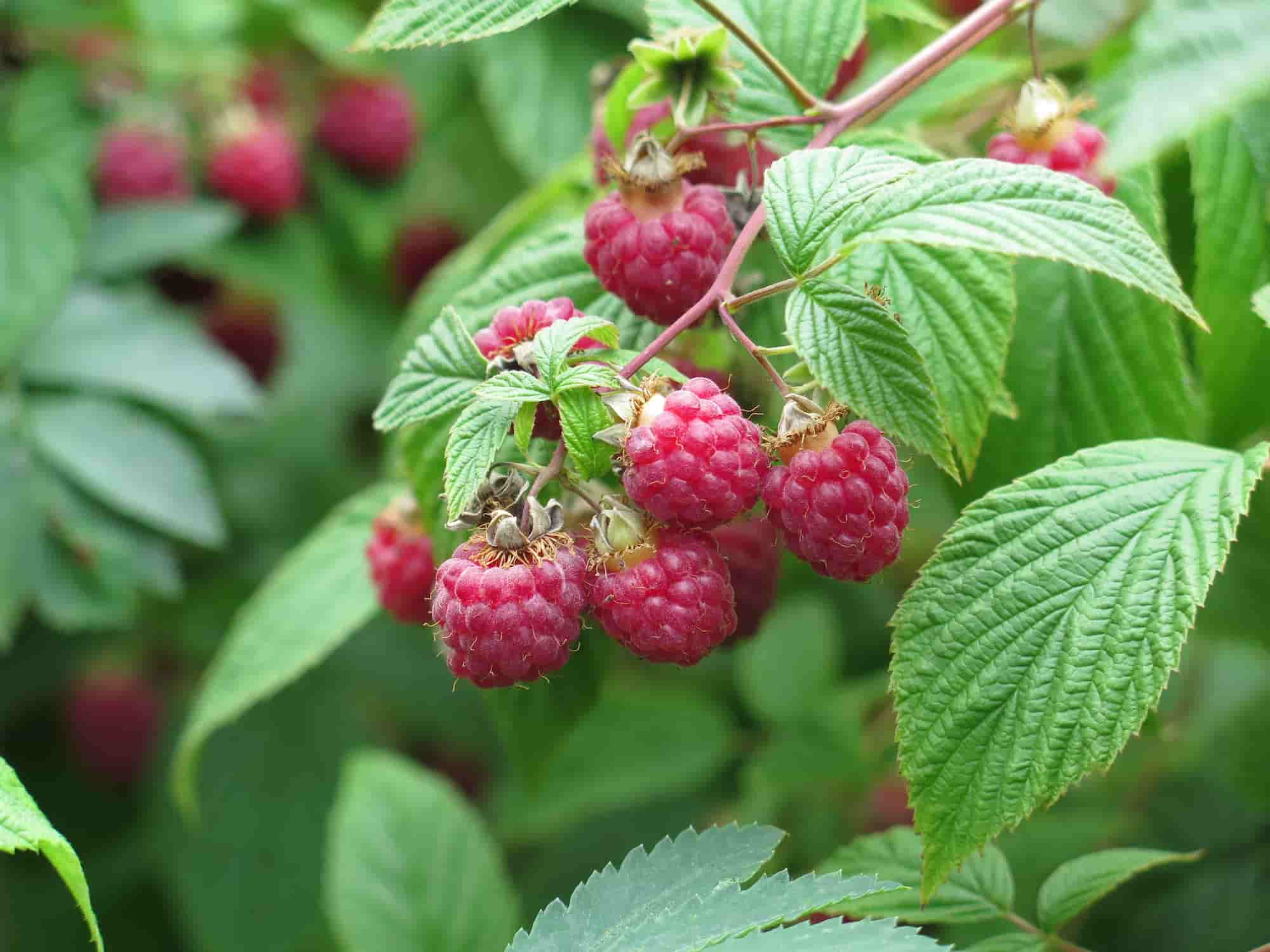
Diseases and pests of raspberries
All our tips to spot, prevent, and naturally treat diseases and pests of the raspberry bush
Contents
Member of the Rosaceae family, like strawberries, brambles, and wild roses, the raspberry bush (Rubus idaeus) adds a touch of indulgence to our summer gardens. And the joy of picking relatively delicate fruits directly from the plant is unmatched! With its bushy habit, the raspberry plant also has a decorative aspect, making it ideal for creating a hedge along the vegetable garden. A hedge to keep an eye on, as its suckering stump tends to spread in all directions, risking becoming invasive. Adaptable to all climates, the raspberry plant thrives in loose, well-drained soils and in semi-shaded to sunny locations. Not particularly vulnerable and especially resilient, it can, however, be affected by diseases or attacked by parasitic organisms, mainly due to abnormal cultural or weather conditions. We help you decipher the main signs of diseases and pests, treat them, and, most importantly, prevent them.
Diseases caused by excessive humidity
Les springs and rainy summers tend to encourage the emergence of certain diseases. As the symptoms are quite similar, it can sometimes be difficult to identify them with certainty.
Grey mould or botrytis
Description
The fungus named Botrytis cinerea develops in warm, humid weather during spring and summer.
Symptoms
Brown spots are visible on the canes, especially around the buds. They become larger over time and turn silver-grey. Black dots then appear. Meanwhile, the leaves yellow, and all parts of the plant, including the fruits, become covered with a greyish fuzz.
Prevention
- Water without wetting the foliage
- Avoid nitrogen fertilisers
- Plant raspberry bushes every 80 cm and train the stems to promote good air circulation
- Be careful not to damage the canes, as botrytis develops on wounds
- Spray a garlic decoction made from 100 g of garlic infused in a litre of boiled water.
- Spray every 15 days with a horsetail manure to strengthen the plants
Treatment
A treatment with Bordeaux mixture can be considered in autumn and spring.
Raspberry rust
Description
This is also a fungal disease caused by Phragmidium rubi-idaei, which develops in spring and autumn, favoured by a combination of heat and humidity.
Symptoms
Orange to brown pustules appear on the stems and leaves. By late summer, these spots turn black, indicating that the fungus is releasing its spores to spread the disease. Eventually, the leaves fall.
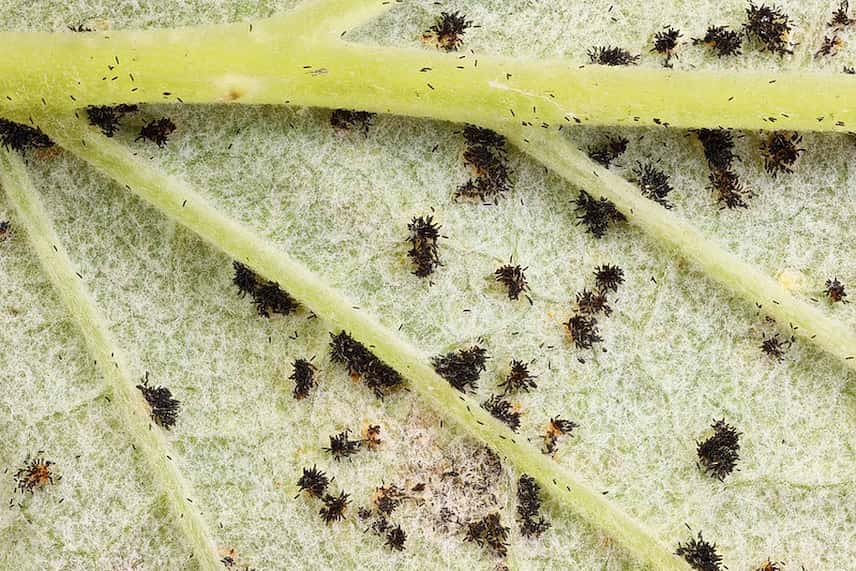 Raspberry rust is identified by the black spots that follow orange spots
Raspberry rust is identified by the black spots that follow orange spots
Prevention
- Water without wetting the foliage
- Disinfect pruning tools
- Spray horsetail manure or a garlic decoction
- Collect and burn fallen leaves
Treatment
- Remove affected leaves and stems at the first signs
- Spray Bordeaux mixture
Raspberry anthracnose
Description
This is a fungal disease visible in early summer, between June and July, which develops when the weather is warm and humid.
Symptoms
Leaves become covered with brown circular spots and then yellow. Sometimes, the fungus attacks the stems, which turn brown and break.
Prevention
- Spray nettle manure every 15 days until July
- Make a Bordeaux mixture spray in spring
Treatment
To combat anthracnose, the only solution is to burn all affected parts, including fallen leaves.
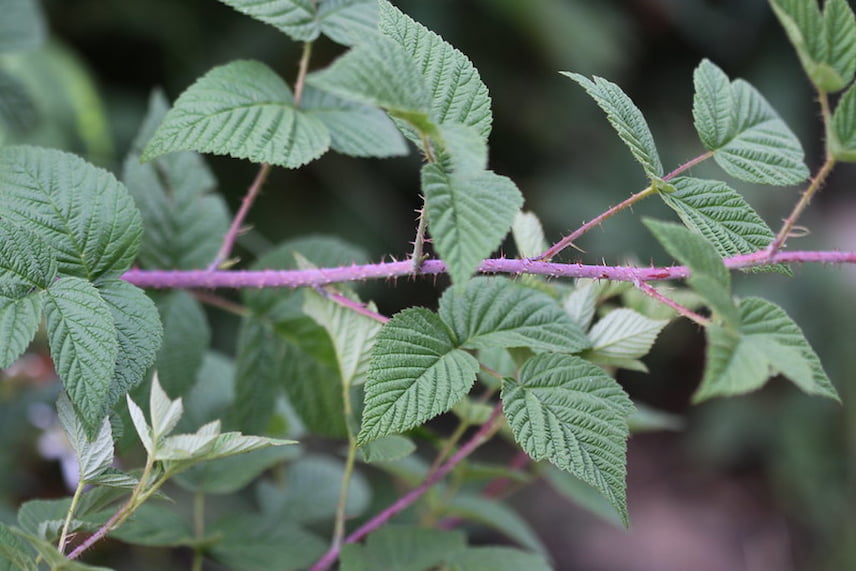 Fungal diseases primarily affect the foliage and stems of raspberries
Fungal diseases primarily affect the foliage and stems of raspberries
Powdery mildew
Description
This is another fungal disease that develops in humid weather and is favoured by a large temperature range between day and night.
Symptoms
A white powder covers the leaves and stems. The leaves become crinkled and deformed.
Prevention
- Do not plant raspberries too closely
- Spray horsetail manure or a garlic decoction on the aerial parts
Treatment
- Spray Bordeaux mixture
- Burn the parts affected by the disease
Leptosphaeriosis
Description
This is a fungal disease caused by Leptosphaeria coniothyrium, a fungus active in summer and autumn.
Symptoms
The stems and young shoots dry out from the tip. Then the base turns yellow. The stem eventually breaks.
Prevention
Spray Bordeaux mixture or a horsetail decoction.
Natural treatment
- Water the soil with a garlic decoction
- Burn the affected stems.
Read also
Raspberries: planting, pruning and careBurning of darts (Didymella applanata)
Description
This is a disease caused by several fungi that affects raspberry plants in mid-summer and autumn. The fungus enters through cracks in the bark and wounds, overwintering on fallen canes.
Symptoms
Spots ranging from reddish-brown to purple appear on the stems, around the buds. The shoots dry out, and the stems grow poorly or not at all.
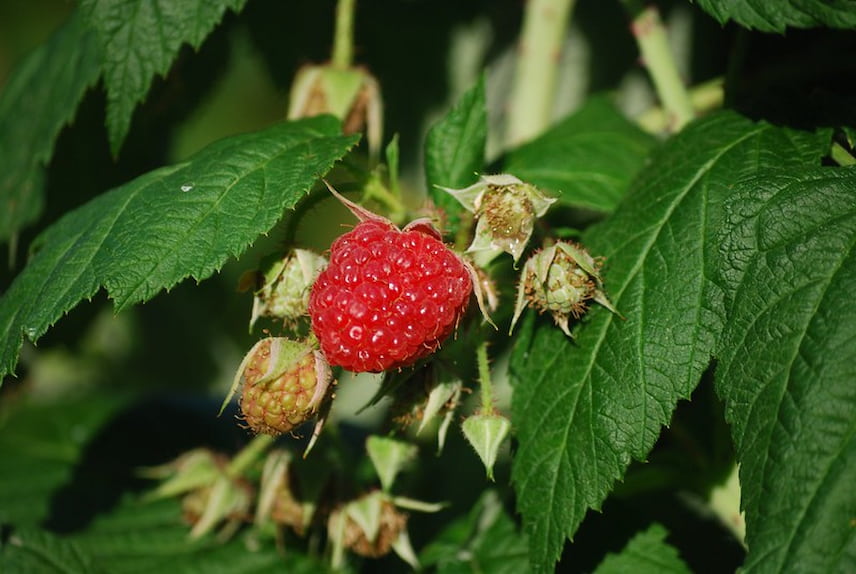 The burning of the canes significantly compromises fruiting
The burning of the canes significantly compromises fruiting
Prevention
- Ensure not to damage the stems
- Thin out the plantings in early summer
- Water regularly and limit nitrogen inputs.
Natural treatment
- Cut and burn the affected stems
- Treat with Bordeaux mixture at the start of stem growth.
Discover other Raspberry plants
View all →Available in 0 sizes
Available in 0 sizes
Available in 1 sizes
Available in 2 sizes
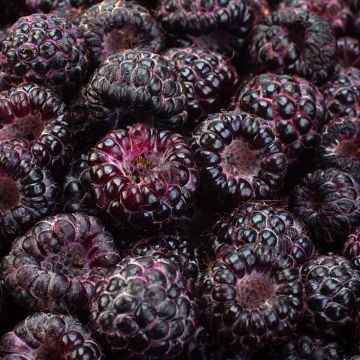
Available in 2 sizes
Available in 1 sizes
Available in 2 sizes
Available in 3 sizes
Available in 1 sizes
Available in 1 sizes
The raspberry borer
Description
Known as Byturus tomentosus, this grey-brown beetle flies in May and June. In July, the female lays eggs on the flowers, giving rise to cream to yellow larvae that pupate in the fruits or on the bark. The insect overwinters in the soil.
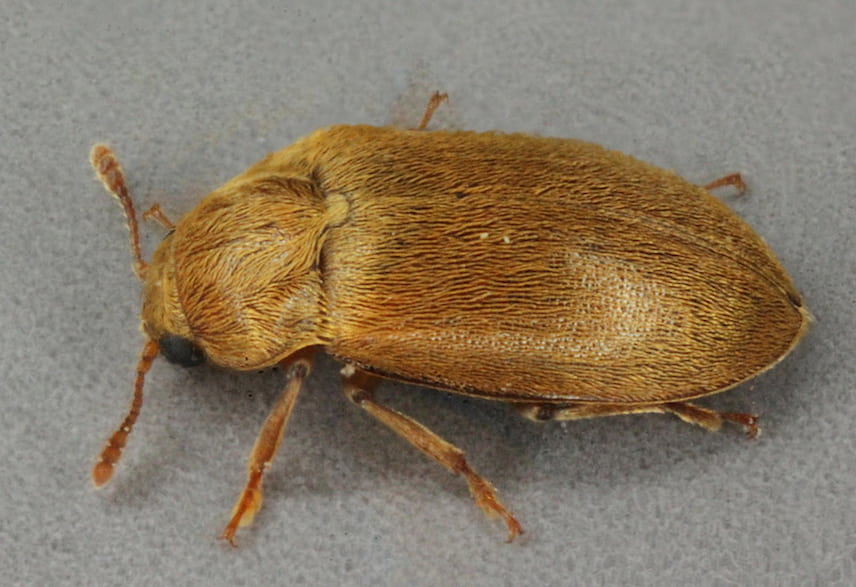 The adult Byturus tomentosus feeds on the aerial parts of the raspberry plant, while the larvae consume the fruits.
The adult Byturus tomentosus feeds on the aerial parts of the raspberry plant, while the larvae consume the fruits.
Symptoms
The adult feeds on the aerial parts, buds, and green fruits, while the larvae indulge in the ripe fruits of the raspberry plant.
Prevention
- Hoe, rake, and weed the soil to dislodge the insect. Birds or your chickens will take care of eliminating it.
- Plant forget-me-nots between the raspberry plants.
Natural treatments
- Shake the stems to drop the insect and collect them by hand.
- A garlic infusion on flowering raspberries will repel the adults.
Read also
Choosing raspberry plantsThe anthonome of the raspberry bush
Description
It is a black beetle that lays eggs in May in flower buds. The white larvae pupate in the soil or in fallen flowers. The insect is only active at temperatures above 18°C. It overwinters in the soil.
Symptoms
The buds are cut, dry, or detach.
Prevention
Simply cover the soil, for example with ferns. A spray of wormwood manure is also effective.
Natural treatment
Collecting and destroying the affected flower buds is sufficient to limit damage.
- Subscribe!
- Contents
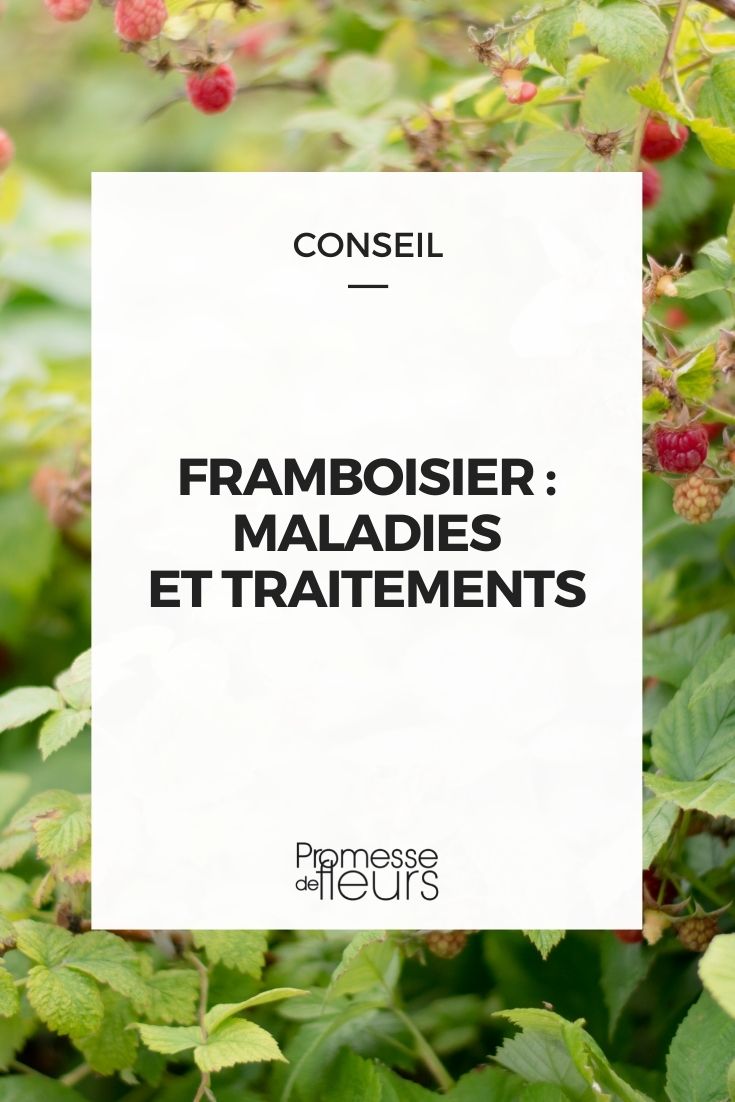































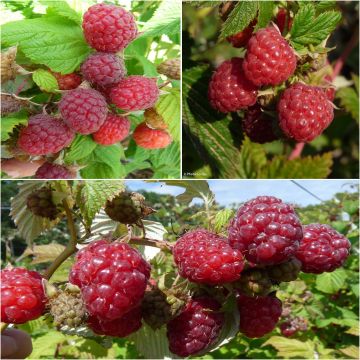
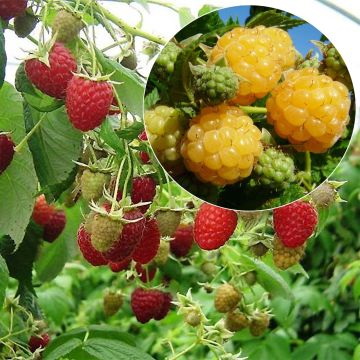
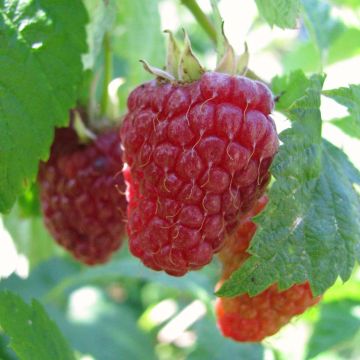
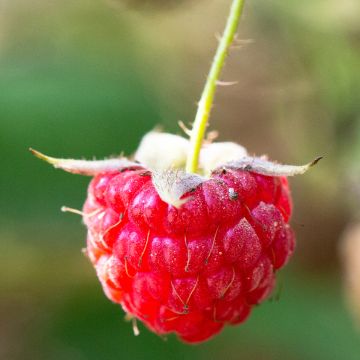
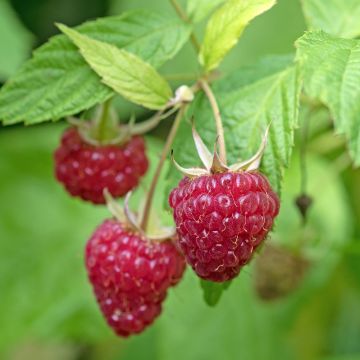
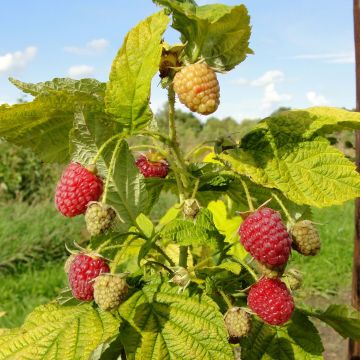
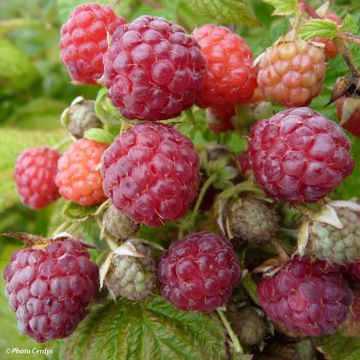
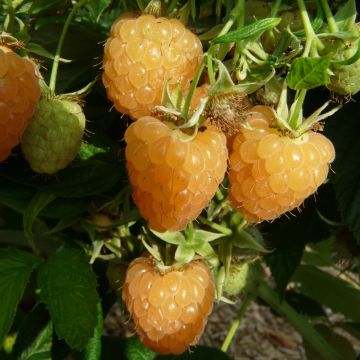
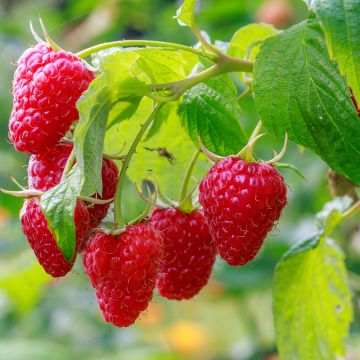
Comments